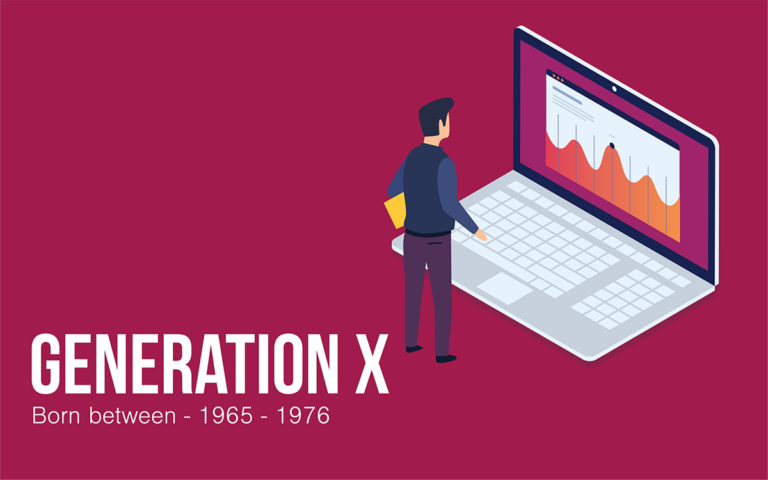How do generations learn differently? – Gen X

Today we hear the word millennial mentioned in countless articles. There are countless research studies on how millennials spend, and how they live and travel versus other generations.
This blog marks the start of a mini-series where we here at Seamscloud are looking at how each generation typically learns and if there is any difference in how they learn.
We are examining three generations, Generation X (1965-1976), Gen Y or Millennials (1977-1995) and Gen Z (1996 – present).
We will first look at Generation X, a generation of ‘latchkey kids’. This generation was left to their own devices and can be described as goal-orientated and independent learners. Generation X likes structure and appreciates regular feedback.
Generation X is very resourceful and has used this trait to become entrepreneurs. Gen X will respond well to problem-solving tasks and challenges which can be incorporated into training.
Generation X learners are knowledgeable and hungry but may be challenging as they tend to be sceptical and they are more likely to question theories.
Generation X learners much prefer direct communication, whether it be via phone call or email. Generation X learners respond well to real-world assignments and case studies. They do not like to be micromanaged and prefer to work independently.
Gen X tend to still favour traditional development methods such as workshops, seminars and training courses. They also enjoy the convenience associated with eLearning and therefore at the end of the day tend to choose blended learning methods.
Generation X accounts for many leadership roles and will continue for 30 years. They have a broad range of skills and this generation needs to exercise these skills and further develop their skill set.
It is important when creating training content to remember your audience and who you are trying to train. Before commencing a training programme, it is a good idea to survey employees and ask employees what they want to learn. This will not only help with engagement but also how employees will learn.

